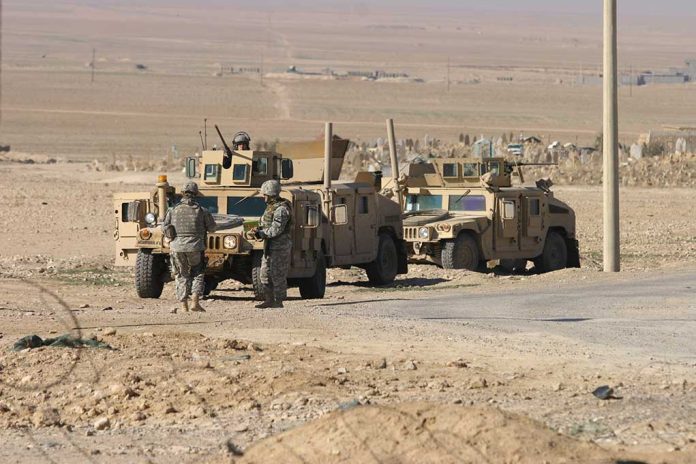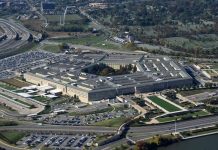
As tensions continue to simmer in the Middle East, the United States has once again found itself at the center of a delicate geopolitical situation. On July 30, U.S. forces conducted a defensive airstrike in Musayib, Iraq, targeting Iran-aligned militias they said were preparing to launch attack drones against American troops. This action has reignited discussions about the U.S. military presence in the region and its ongoing efforts to protect its personnel. As we delve into the details of this recent strike and its implications, it’s crucial to understand the broader context of escalating tensions and the potential for further conflict in this volatile region.
The Airstrike and Its Immediate Aftermath
The U.S. airstrike in Musayib, located in Iraq’s Babil Province, specifically targeted militants who were allegedly in the process of preparing one-way attack uncrewed aerial systems (UAS). This preemptive strike was a departure from previous reactive measures. The operation was carried out with precision, focusing on neutralizing the immediate alleged threat posed by these unmanned drones.
US forces carried out “defensive” air strike on combatants attempting to launch drones deemed threat to American and allied troopshttps://t.co/HKmn5HBaLf
— The Defense Post (@DefensePost) July 31, 2024
Regional Implications and Responses
The airstrike has drawn criticism from the Iraqi government, which condemned the attack as a violation of its sovereignty. This response highlights the complex nature of the U.S. military presence in Iraq and the ongoing negotiations regarding the future of American troops in the country.
A U.S. official told The Economic Times that “US forces in Iraq conducted a defensive air strike,” adding that the U.S. “maintain[s] the inherent right to self-defence and will not hesitate to take appropriate action.”
The strike targeted Iran-aligned groups, including Kataib Hezbollah, which is part of Iraq’s Popular Mobilization Forces (PMF). According to reports, the attack caused the deaths of four people. This action has the potential to further strain relations between the U.S. and Iran-backed militias operating in Iraq, potentially leading to increased attacks on U.S. forces in the region.
Broader Context and U.S. Military Presence
The recent airstrike comes amidst a backdrop of increasing attacks on U.S. forces in Iraq, Syria, and Jordan since October. With approximately 2,500 troops in Iraq and 900 in Syria, the U.S. maintains a significant presence in the region, primarily focused on countering the remnants of ISIS and maintaining regional stability.
Secretary of Defense Lloyd J. Austin III recently said, “The safety and protection of our troops is really, really important to me. That’s why you saw us take some measures to protect ourselves here most recently as we took out some UAVs which were about to be launched.” He asserted that the U.S. will continue to carry out such actions when needed to protect the troops.
The ongoing conflict between Israel and Hamas has further complicated the situation, exacerbating regional tensions and potentially influencing U.S. actions and responses in the area. As these conflicts continue to evolve, the U.S. finds itself navigating a complex web of alliances, threats, and diplomatic challenges.
Sources
- US Forces Conduct ‘Defensive Airstrike’ Against Unmanned Drone in Iraq
- US Airstrike Preempts Drone Attack in Iraq as Iran Vows Revenge for Hamas Leader’s Death
- US ‘defensive’ strike kills four in Iraq
- US forces deliver airstrike on drone launchers outside Baghdad
- US carries out defensive airstrike in Iraq: Officials
- US Forces Struck ‘Combatants’ In Iraq: Defense Official
- US carries out strike in Iraq as regional tensions worsen
- US says it conducted ‘defensive strike’ in Iraq’s Babil
- US Strike Kills Four in Iraq
- 4 Killed As US Carries Out ‘Defensive’ Air Strike In Iraq
More from Around the Web
More on the attack in Iraq:

















